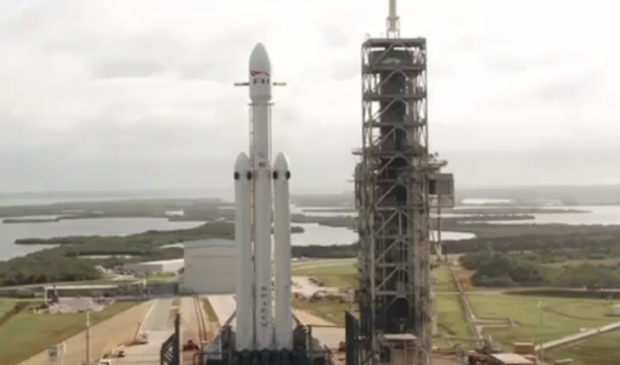
Breaking News
 2 Hours of Retro Sci-Fi Christmas Songs | Atomic-Age Christmas at a Snowy Ski Resort
2 Hours of Retro Sci-Fi Christmas Songs | Atomic-Age Christmas at a Snowy Ski Resort
 Alternative Ways to Buy Farmland
Alternative Ways to Buy Farmland
 LED lights are DEVASTATING our bodies, here's why | Redacted w Clayton Morris
LED lights are DEVASTATING our bodies, here's why | Redacted w Clayton Morris
Top Tech News
 Travel gadget promises to dry and iron your clothes – totally hands-free
Travel gadget promises to dry and iron your clothes – totally hands-free
 Perfect Aircrete, Kitchen Ingredients.
Perfect Aircrete, Kitchen Ingredients.
 Futuristic pixel-raising display lets you feel what's onscreen
Futuristic pixel-raising display lets you feel what's onscreen
 Cutting-Edge Facility Generates Pure Water and Hydrogen Fuel from Seawater for Mere Pennies
Cutting-Edge Facility Generates Pure Water and Hydrogen Fuel from Seawater for Mere Pennies
 This tiny dev board is packed with features for ambitious makers
This tiny dev board is packed with features for ambitious makers
 Scientists Discover Gel to Regrow Tooth Enamel
Scientists Discover Gel to Regrow Tooth Enamel
 Vitamin C and Dandelion Root Killing Cancer Cells -- as Former CDC Director Calls for COVID-19...
Vitamin C and Dandelion Root Killing Cancer Cells -- as Former CDC Director Calls for COVID-19...
 Galactic Brain: US firm plans space-based data centers, power grid to challenge China
Galactic Brain: US firm plans space-based data centers, power grid to challenge China
 A microbial cleanup for glyphosate just earned a patent. Here's why that matters
A microbial cleanup for glyphosate just earned a patent. Here's why that matters
 Japan Breaks Internet Speed Record with 5 Million Times Faster Data Transfer
Japan Breaks Internet Speed Record with 5 Million Times Faster Data Transfer
Spacex Falcon Heavy will have static fire test on Monday

Falcon Heavy is essentially the company's Falcon 9 times three. It features three Falcon 9 first-stage boosters joined together with a second-stage on the middle one. It also has three times more engines.
The Falcon 9 is now used to hoist satellites and supplies to the International Space Station. The Heavy is intended for super-big satellites, as well as cargo destined for points far beyond, like Mars.
SpaceX advertises that the Falcon Heavy will be able to lift 140,660 pounds of cargo to low-Earth orbit, 37,040 pounds to Mars, and 7,720 pounds to Pluto.
NASA's Saturn V moon rocket, used during the late 1960s and early 1970s, will still top the charts. But none of it was reusable. NASA introduced reusability with its space shuttles in 1981, reflying the orbiters as well as booster segments and main engines until their retirement in 2011.

 $100 SILVER CONFIRMED?
$100 SILVER CONFIRMED?

